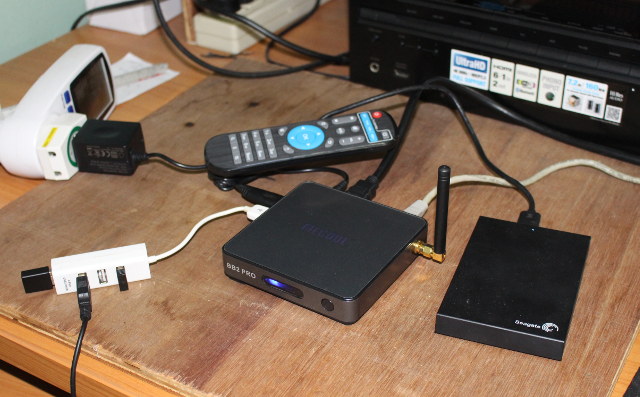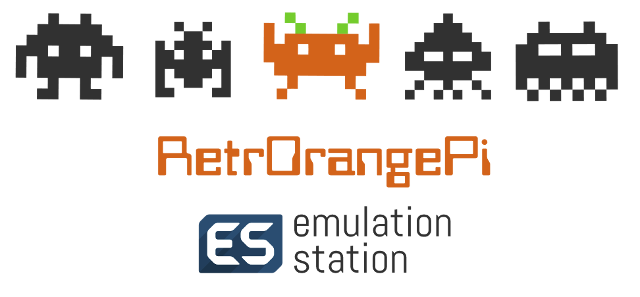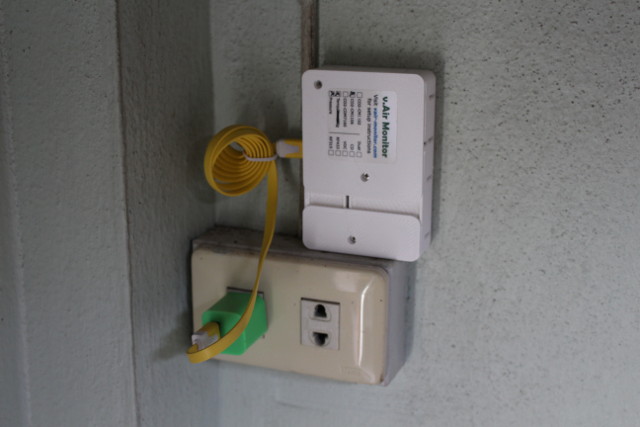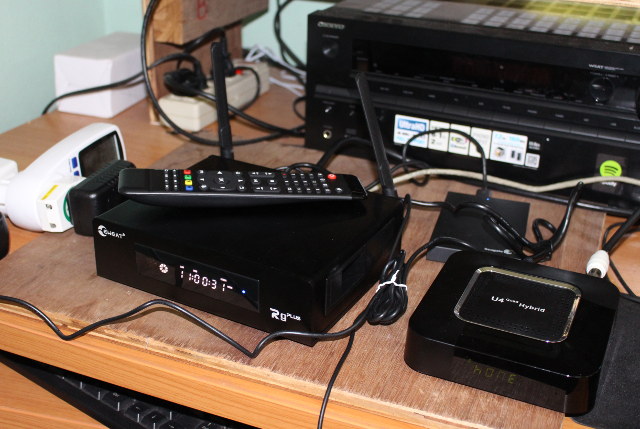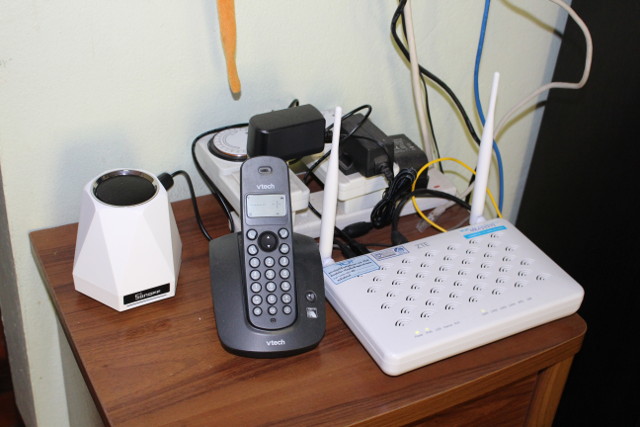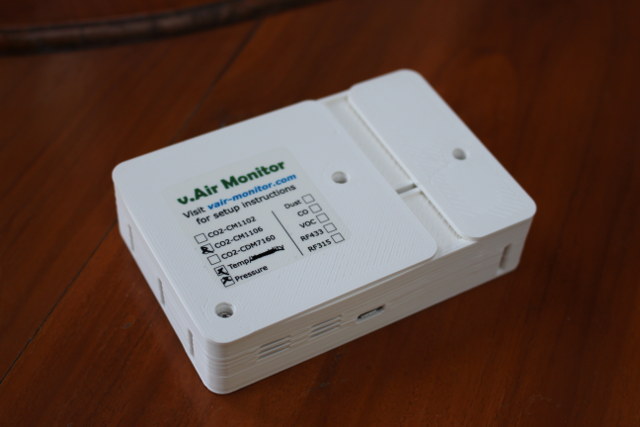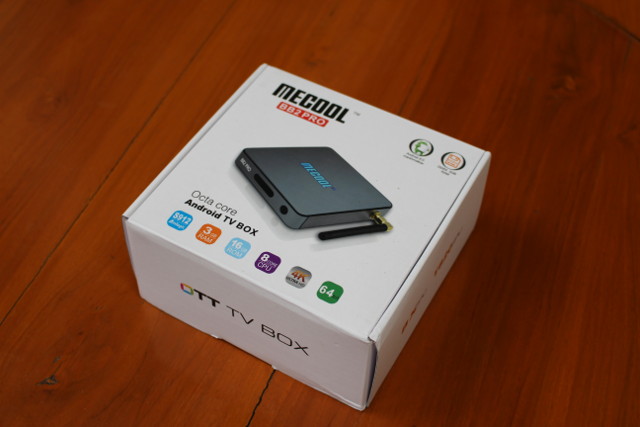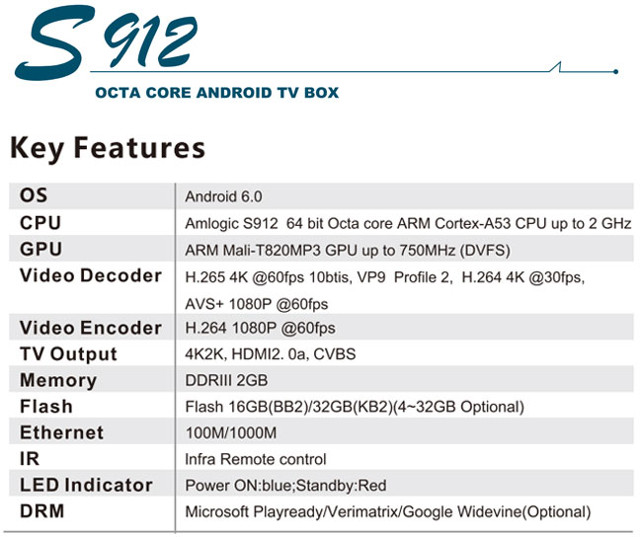Most Android TV box comes with DDR3 or DDR3L memory, but Mecool BB2 Pro comes instead with 3GB DDR4 memory that’s supposed to offer 50% increased memory bandwidth. That’s why I was interested in reviewing the box. I’ve already checked out BB2 Pro hardware in the first part of the review, so the second part will focus on the firmware, video playback in Kodi 17, and benchmarks to find out if there’s any improvement over other Amlogic S912 using DDR3 memory. It’s not the first DDR4 box I’ve tested however, as Eweat R9 Plus powered by Realtek RTD1295 processor also included DDR4 memory, but based on my tests, there’s was no noticeable differences with Zidoo X9S based on the same processor, but with DDR3 memory. But this time, we’ll see if it is any different with Amlogic platforms. First Boot, Settings and First Impressions I connect a USB 3.0 hard […]
RetrOrangePi 3.0 Retro Gaming & Media Center Firmware Released for Orange Pi H3 Boards and Beelink X2 TV Box
RetrOrangePi is a Linux distribution based on armbian transforming Allwinner H3 boards – mostly Orange Pi boards, but also Banana Pi M2+ and NanoPi boards – into entertainment centers to play retro games, and watch/listen media files (videos/music) using Kodi. If you don’t have a development board, or would prefer a complete solution with casing and power supply, Beelink X2 TV box is also supported. The developers had been recently working on rectifying some GPL issues, and they have released RetrOrangePi 3.0 images right before Christmas. RetrOrangePi 3.0 changelog and key features: Full Armbian 5.23 Jessie Desktop version with kernel 3.4.113 (backdoors fixed) Slim version 1st release (less than 2 GB) coming soon OpenELEC (Kodi Jarvis 16.1) with CEC support by Jernej Škrabec RetroPie-Setup version 4.1 New Kodi Krypton beta6 version New emulationstation-ROPI branch forked from jacobfk20 with gridview, on screen keyboard with easy wifi config and storage check with […]
vThings WiFi CO2 Monitor Quick Start Guide
I’ve already checked out vThings CO2 Monitor hardware and we’ve seen it’s based on ESPrino ESP8266 board, and my model includes CM1106 CO2 sensor and BMP180 temperature and pressure sensor. I’ve now installed it in my kitchen, about 3 to 4 meters from the gas stove, and getting data to ThingSpeak. The door and window of my kitchen are open all day, and the wall have ventilation holes. That’s important for CM1106 sensor since it auto calibrates every 3 days in clear air. If you plan to use such sensor in a closed environment, you should buy Vthings with CM1102 CO2 sensor that costs more, but does not require calibration. Since all WiFi systems I’ve just so far starting AP mode for configuration, I first looked for an access point, but… nothing… Then I decided to read the documentation (might be useful at times), and the monitor is actually configured […]
Eweat R9 Plus TV Box Review Part 2 – Android, OpenWrt, and HDMI Recording
Eweat R9 Plus is a device powered by Realtek RTD1295 SoC combining main functions: Android 6.0 TV box, OpenWrt NAS/router, and HDMI recorder thanks to its HDMI input port. It competes directly with Zidoo X9S which has the same features, except while Zidoo X9S has no internal SATA bay and your 2.5″ hard drive just hang outside the box, Eweat R9 Plus comes with an internal 3.5″ SATA bay that makes it much neater on your furniture… We’ve already seen that in the first part for review “Eweat R9 Plus unboxing and teardown“, and I was impressed by the hardware, but the software is even more important, and that’s what I’m going to check out in the second and final part of this review. First Boot, First Impressions and Setup. I’ve first inserted a 1TB 3.5″ SATA drive in the device, and then I connected an extra USB 3.0 hard […]
Sonoff SC WiFi Environmental Monitor mini Review
Yesterday I received two environmental monitors with Sonoff SC and vThings CO2 Monitor, and while I’ve plugged both, I have not had time to look into vThings documentation, but since I’m already using the eWelink app for Sonoff TH16 wireless switch, setting up Sonoff SC just took me a few minutes, so I’ll report my experience with the device in this review. I powered Sonoff SC using the USB port of my modem router, and the green LED on the back of the device started to blink every 2 or 3 seconds. Then I started the eWelink app on my Android phone and taped on the “+” icon to add a new device following the instructions here which are basically the same for all Sonoff devices. Then you need to press the “Audio” button for about 5 seconds until the green LED blinks faster, at which point you can click […]
ESP8266 based Wireless Air Quality & Environmental Monitors Teardown – Sonoff SC and vThings CO2 Monitor
The mailman delivered two parcels today, and interestingly enough they have a similar functionality measuring air quality and environmental data such as temperature. The first package was ITEAD Studio Sonoff SC environmental sensor with ESP8266, an Atmel MCU, DHT11 temperature & humidity sensor, a dust detector, a light sensor, and a microphone, while the second was v-Air Monitor vThings CO2 monitor v3 also based on ESP8266 with a CO2 sensor and other optional sensors. I’ll test both with their stock firmware later on, but today I’ll have a look at the hardware design. v-Air Monitor vThings CO2 monitor specifications While I’ve already written about Sonoff SC, it’s the first time I cover v.Air Monitor products, so let’s start with the specifications of vThings CO2 Monitor v3: SoC – Espressif ESP8266 WiSoC Connectivity 802.11 b/g/n WiFi Optional RF315 / 433 MHz RF module Sensors CO2 Sensor (one of them) CM1106 NDIR […]
Review of Mecool BB2 Pro TV Box with DDR4 Memory – Part 1: Specs, Unboxing and Teardown
Mecool BB2 Pro is yet another Amlogic S912 Android 6.0 TV box, but after Eweat R9 Plus, it’s my second TV box with DDR4 memory that should deliver much higher bandwidth compared to DDR3 memory used in most TV boxes. But so far, it’s clear how much performance can be extracted from the system with higher memory bandwidth in actual use, and that’s exactly what I hope to find out in the second part of the review, but in this post I start by going through the specs, check the box and its accessories, as well as the hardware design. Mecool BB2 Pro specifications Apart from the DDR4 memory, BB2 Pro has pretty common specifications: SoC – Amlogic S912 octo-core ARM Cortex A53 processor @ up to 1.5 GHz with ARM Mali-820MP3 GPU System Memory – 3 GB DDR4 Storage – 16 GB eMMC flash + micro SD slot up […]
YokaTV KB2 Review – Amlogic S912 TV Box with 32 GB Flash
CNXSoft: This is another review by Karl about Amlogic S912 based YokaTV KB2 TV box. Introduction Today we will be looking at Videostrong YokaTV KB2. Below are the specs from Videostrong website. This is my first S912 device so I had high expectation. I have been using it for quite some time now with no major issues. I received approximately 6 OTA updates since I started testing and some welcome updates have come. Build When I receive a box first thing I do is take it apart and check out the inside. I was excited when I found out it had 32 gig of storage. It is not too common. Then when I opened the box I was really happy to see an antenna that wasn’t soldered on. Makes it easy to add a different one. +1 for KB2. Then I noticed the heat sink. It seemed a little small. […]


